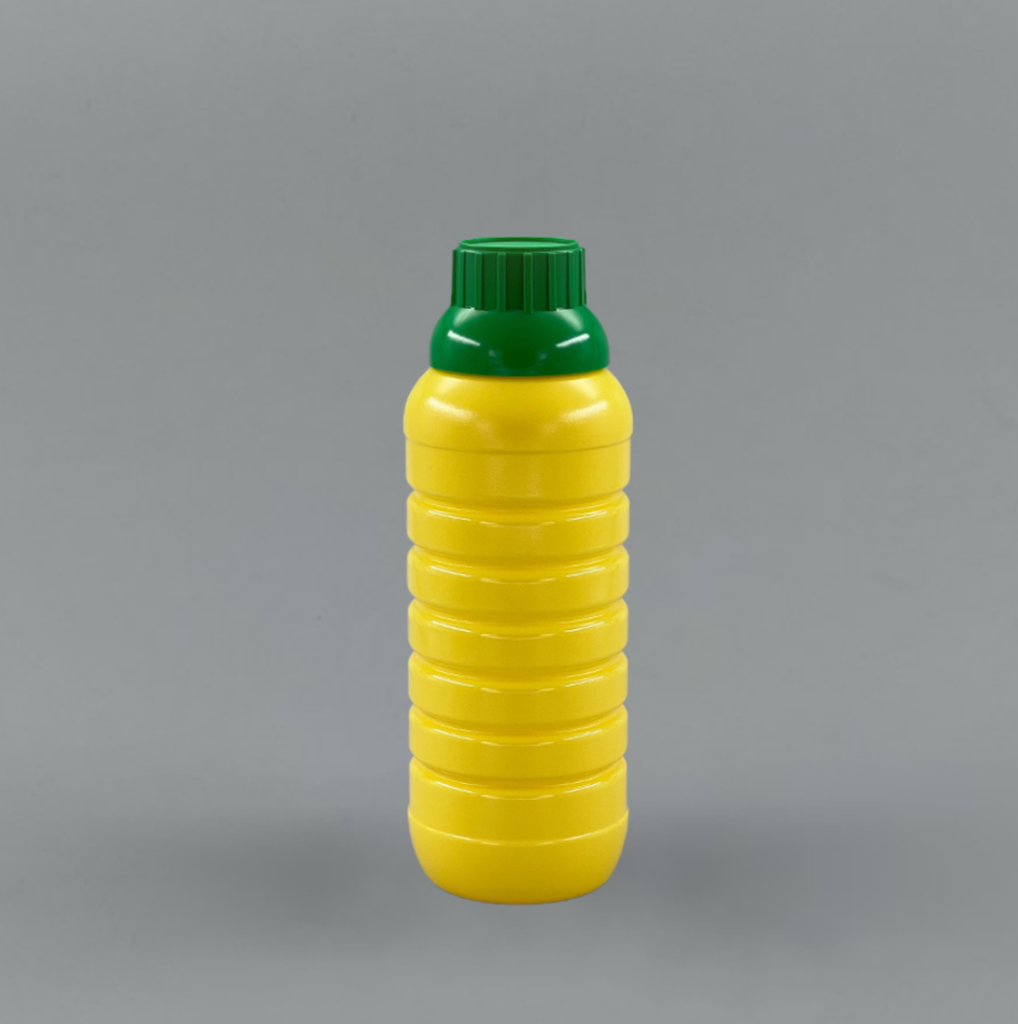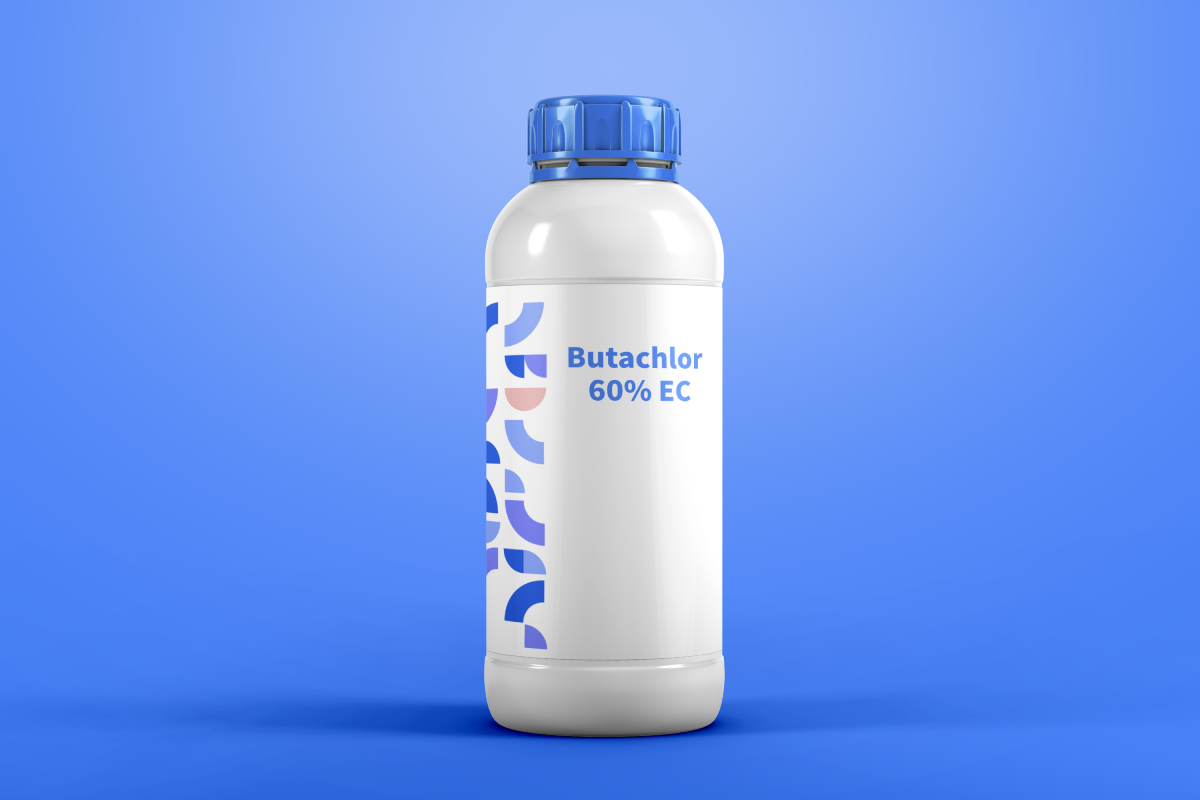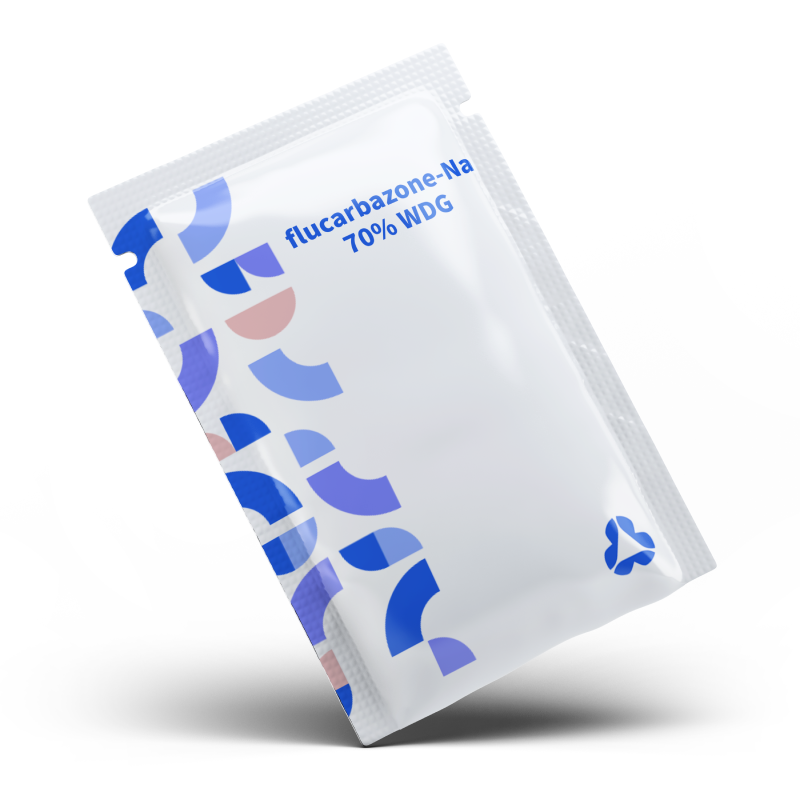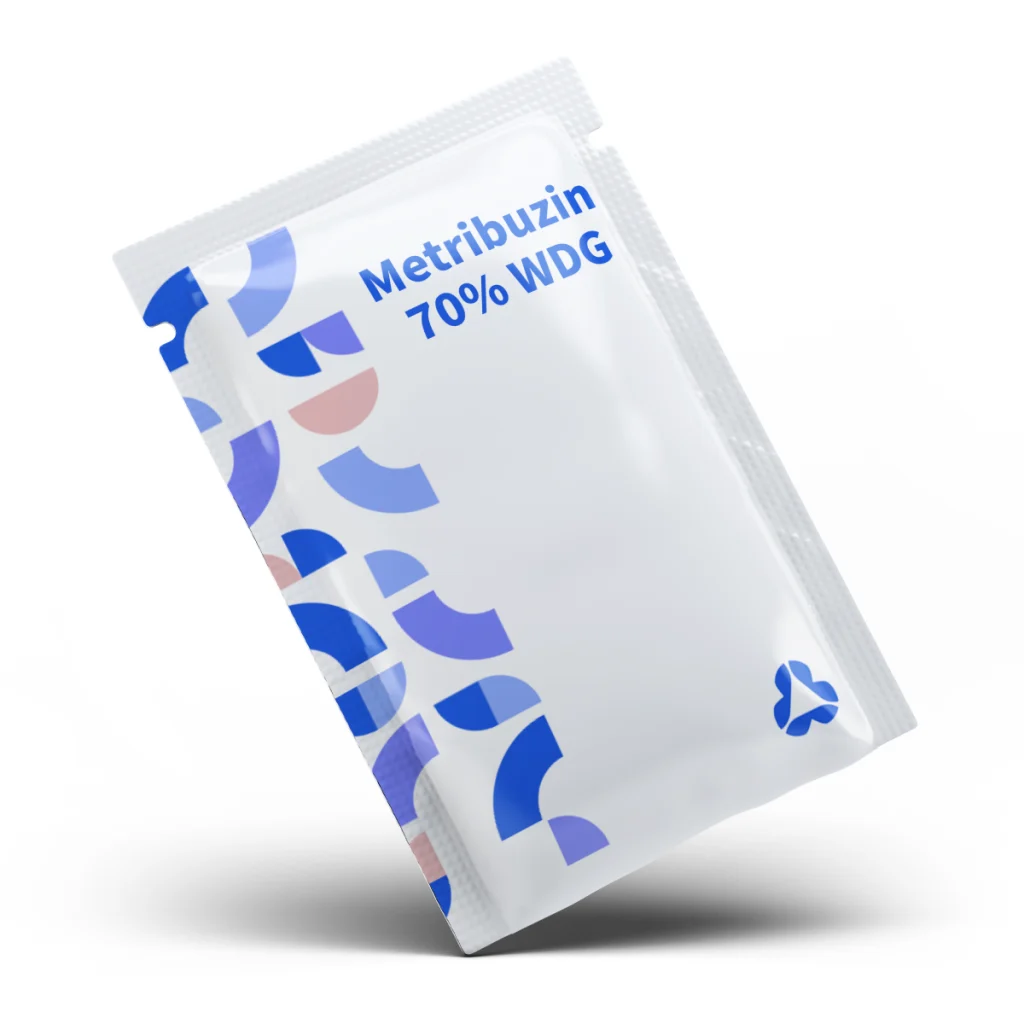Butachlor 60% EC (Emulsifiable Concentrate) is a selective pre-emergence herbicide from the chloroacetanilide family, specifically developed for annual grass and sedge control in paddy and upland rice. As a very long-chain fatty acid (VLCFA) synthesis inhibitor, it disrupts cell membrane formation in germinating weeds, leading to growth arrest. The 60% EC formulation (600 g/L butachlor) offers high solubility and ease of application, making it a cornerstone in global rice weed management.

Glyphosate 480g/L SL
Glyphosate is a high-strength, liquid glyphosate formulation developed for post-emergence weed control in agricultural fields and industrial non-crop land. As a broad-spectrum, systemic herbicide, it delivers consistent and



